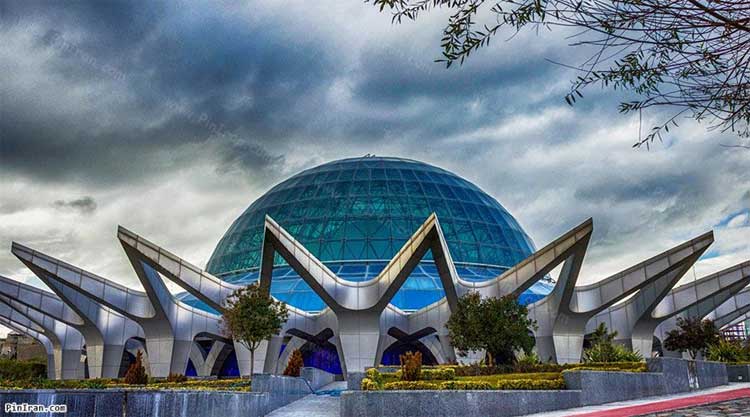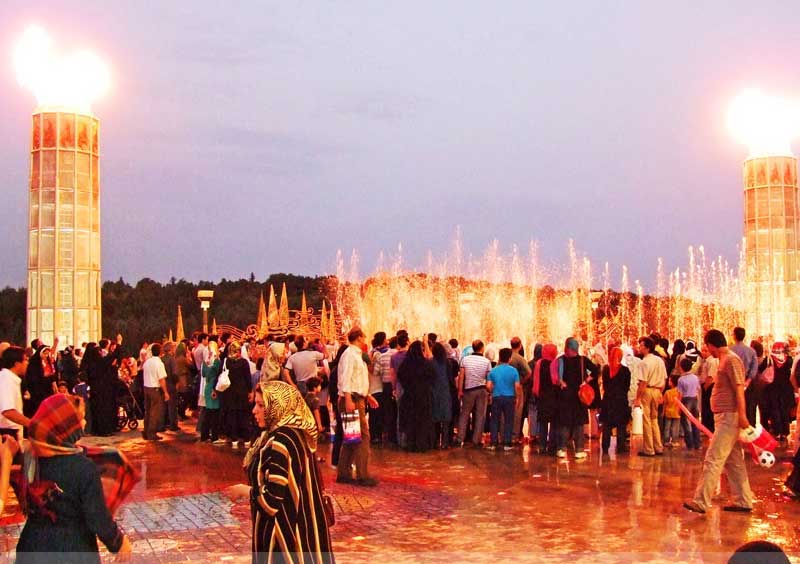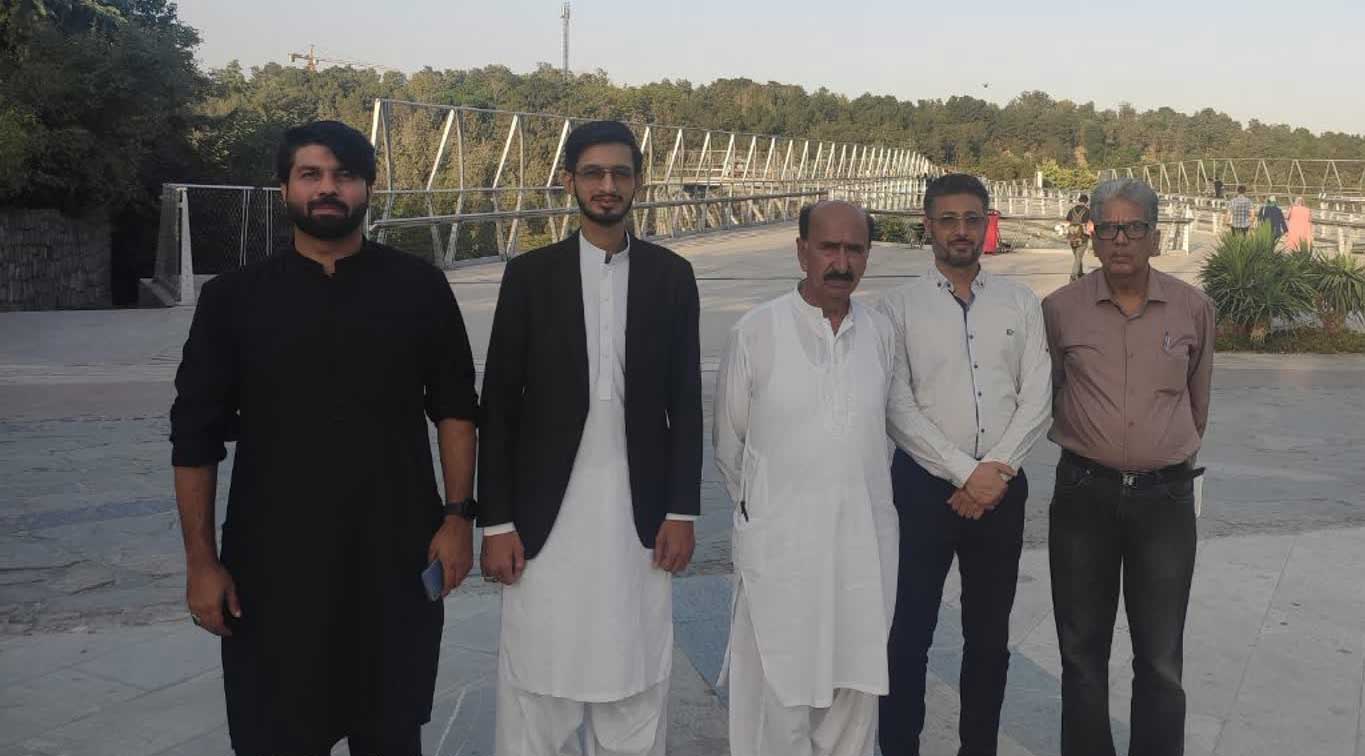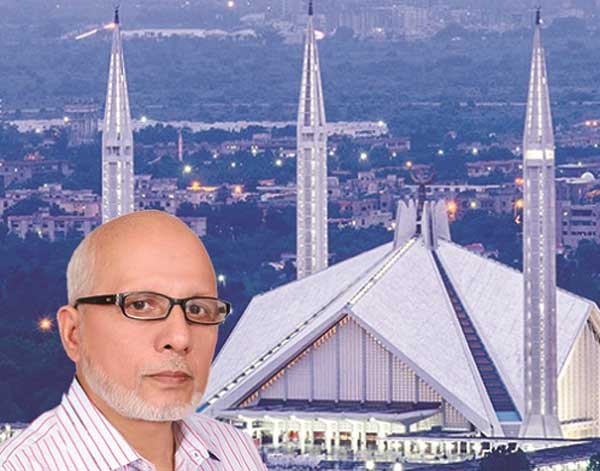
Tehran, the capital of Iran, is a city of contrasts where modernity meets tradition. Amidst the urban hustle and bustle, there exists a hidden gem that beckons both locals and tourists seeking a serene escape from the chaos of city life. Aab-o-Atash Park and Tabiat Bridge are a picturesque duo that offer an oasis of tranquility in the heart of Tehran. Our second visit for a leisurely Sunday led us to this enchanting place where nature’s beauty and architectural elegance merge seamlessly.
Aab-o-Atash Park: A Natural Haven
As we entered Aab-o-Atash Park, we were immediately struck by the lush greenery that enveloped the landscape. It’s a haven for nature enthusiasts and families seeking a breath of fresh air. The park features a captivating array of trees and shrubs, thoughtfully arranged flower beds, and well-maintained lawns. These meticulously landscaped gardens create an inviting atmosphere, making it the perfect place for picnics, leisurely walks, or simply unwinding in the lap of nature.
One of the most charming aspects of Aab-o-Atash Park is its serene ambiance. The gentle rustling of leaves, the melodious chirping of birds, and the fragrant aroma of flowers all combine to provide a sensory delight. It’s an oasis where the stresses of city life melt away, and you can find solace amidst the natural beauty that surrounds you.
Tabiat Bridge: An Architectural Marvel
Stretching gracefully across a tranquil pond within Aab-o-Atash Park is the Tabiat Bridge. This architectural marvel is more than just a functional pedestrian bridge; it’s a work of art that seamlessly integrates with its natural surroundings. Designed by the talented Iranian architect Leila Araghian, the bridge was completed in 2014 and has since become an iconic landmark in Tehran.
The Tabiat Bridge is a testament to the blending of modernity and nature. Its three levels allow visitors to explore various vantage points, each offering breathtaking views of the park and the city beyond. Whether you’re looking for a quiet spot to contemplate or a picturesque setting for capturing memorable photographs, this bridge has it all.
Strolling along the bridge, you’ll be captivated by its intricate design, which mimics the branches of a tree. The bridge’s steel structure and wooden walkways give it an organic feel, as if it grew organically in this lush park. It’s no wonder that the Tabiat Bridge has received international recognition and numerous architectural awards for its innovative design.
A Tranquil Oasis in Tehran

Aab-o-Atash Park and Tabiat Bridge have collectively transformed into a tranquil oasis that offers respite to the weary city dweller. It’s a place where families gather for picnics, couples enjoy romantic walks, and individuals seek solace in the embrace of nature. Whether you’re a resident of Tehran or a visitor from afar, this park and bridge combination offers a unique opportunity to relax, unwind, and reconnect with nature.

Aab-o-Atash Park and Tabiat Bridge, we couldn’t help but feel grateful for the preservation of such natural beauty in the midst of a bustling metropolis. It serves as a reminder that even in the most urban of environments, moments of serenity and natural wonder are never too far away. For anyone seeking a peaceful escape in Tehran, this enchanting park and bridge should be at the top of your list of must-visit places.
According to Urdu write-up of Mr Nazir Leghari about the Nature Bridge.
After the Returning back from the Milad Tower when the car stopped by the side of the road, Reza began to say that we have come to visit the Defense Museum. If you want, we can also drive there in this car, or we can walk across the Nature Bridge in Iran. Now it became clear why Reza was concerned about our nature. We all got out of the car and started walking towards the Nature Bridge. Reza explained that this bridge was designed by the Iranian architect Leila Araghian. He also mentioned that apart from Leila Araghian, Sahar Yasaei and Ali Reza Behzadi were also involved in building this bridge. Leila Araghian was born in Iran in 1983. After graduating from Shahid Beheshti University, she obtained a master’s degree in architecture engineering from the University of British Columbia in Canada. Reza Shabani mentioned that in 2005, Leila became a founding partner of the architectural company Diba Tensile Architecture. She designed the Nature Bridge in Tehran, and in 2010, the construction of this bridge began, taking four years to complete. This bridge used 2,000 tons of steel and 10,000 cubic meters of concrete.
Shabani explained that the main challenge in building this bridge was that two major highways pass far below it. Both of these highways divide a lush and vibrant mountain range. Their width is significant. The bridge had to pass over them.
Maintaining the beauty of the mountain jungles and the roads below was also essential. Therefore, tunnels were built for the Nature Bridge in such a way that even a single corner of either highway was not obstructed.
The length of this bridge is 270 meters, but it looks like a marvel of modern engineering. Its creative beauty cannot be expressed in words. This bridge is exclusively for pedestrians; no type of traffic is allowed. The angles of the bridge are enchanting. Here, strollers, men, women, and children can be seen leisurely walking. On the right side of the bridge, the view of the Water and Fire Park looks fascinating from a distance. The Nature Bridge offers a glimpse of this garden. The Water and Fire Park can also be called Abraham Park. It seems to symbolize fire, representing the Nimrod’s fire, and water representing the water that extinguished it. The lake gushes with water and presents a beautiful scene. Abraham Park covers an area of 24,000 square meters. The park was inaugurated on June 27, 2009, by the Mayor of Tehran, Mohammad Bagher Ghalibaf. Around the park, four flame-like minarets rise upward, ranging from 20 to 26 feet in height.

The beginning of the Nature Bridge starts with a lighthouse. Such lighthouses are built on harbors for the residence of sea vessels. When we embark on the boat from Kemari, we see a lighthouse just like this, from which the beam of light shines from afar. But there is no sea around Nature Bridge, so what is the purpose of this lighthouse here? It seems that Nature Bridge itself is a sea of human craftsmanship and artistry, and its beginning is marked by a lighthouse.
This bridge is only for pedestrians. While we may pass over to the other side, the primary purpose of building this bridge is not to cross it, but to come here, walk on this bridge, and enjoy the surroundings. The bridge has multiple levels and paths. Sometimes it narrows, sometimes it widens. Sometimes it leads the walker to another pathway above, sometimes downhill. Sometimes, it feels like a river flowing under a large bridge in the middle of the valley. I have seen the Indus River from Tunsa to Guddu Barrage, and there, it flows with its full breadth. But when it branches out, it creates different views.
Nature Bridge is like our river, sometimes it stretches between Jampur and Jatoi with its full expanse, and sometimes it flows through the narrow gorges of Gilgit’s mountains, like a small stream. Nature Bridge has its own moods, its own temperament, and its own style. Large iron pipes and railings have been placed on the sides of the bridge, where thick wires form a security barrier, and this barrier must be around twenty feet tall. This barrier and those wires have not affected the beauty of the bridge; instead, they have added to its charm. Planks are placed on the bridge. You travel on planks. Sometimes these planks change into solid flooring, and sometimes there are roads. But the bridge remains a bridge; it doesn’t turn into a carpet or a road.
There are benches for those who want to rest. If you get tired, you can sit on one of the benches. Some benches have been placed on the bridge’s platform. If the sun is scorching, take shelter in the shade for a while. Below, deep in the jungle, there are two-lane roads for coming and going. Around the roads, there’s a jungle. Inside the roads, there’s also a jungle. Then, there are two-lane roads ahead, but the bridge stands where it was. As you walk on the bridge, a large square roundabout appears, just to create a circle; instead of branching off in another direction, the bridge itself creates a circle. There are benches here, sit on these benches and take a breather. The bridge, like a story, unfolds its narrative layer by layer, every night in a different style, whether it’s cold or warm, and this bridge is a story.
Nature Bridge, with its greenery of plantations and the flowers blooming in those plantations, presents its own spring. In front, you’ll see running streams; you’ll witness the peaks of the Tehran Mountains. Even though the grass at such heights grows and withers quickly, the greenery at the foothills of these mountains captures the hearts of those who see it. Nature Bridge was completed in 2014, and in 2016, it received the prestigious Agha Khan Award for Best Architecture. This award has also been given to Bhong Mosque in our district, Rahim Yar Khan, a long time ago. After the visit second visit on Sunday our next visit was for the Museum of Islamic Revolution.





